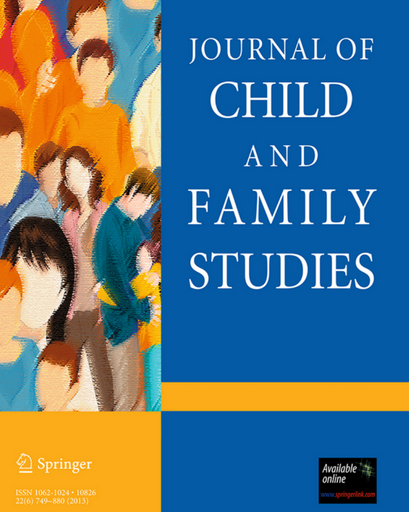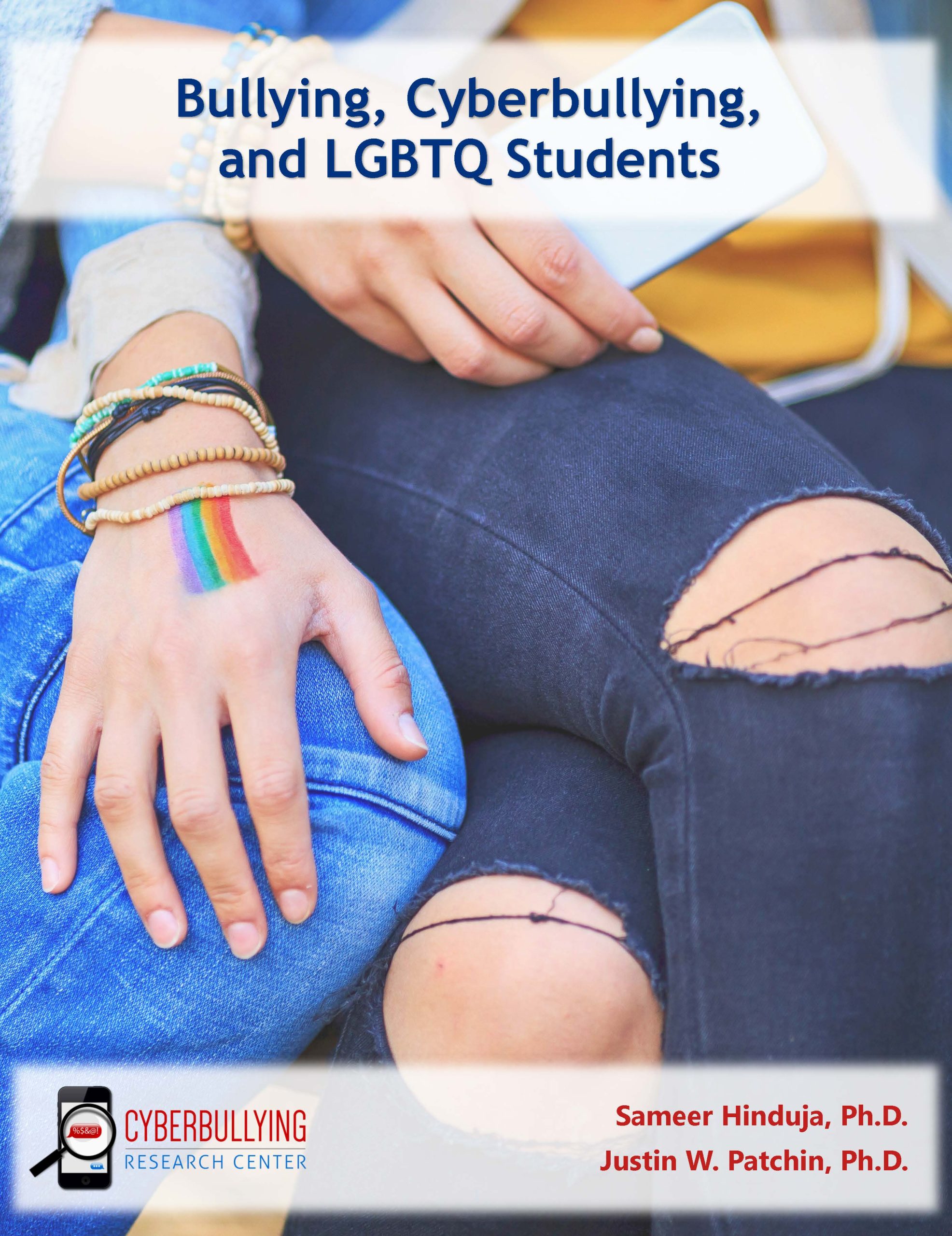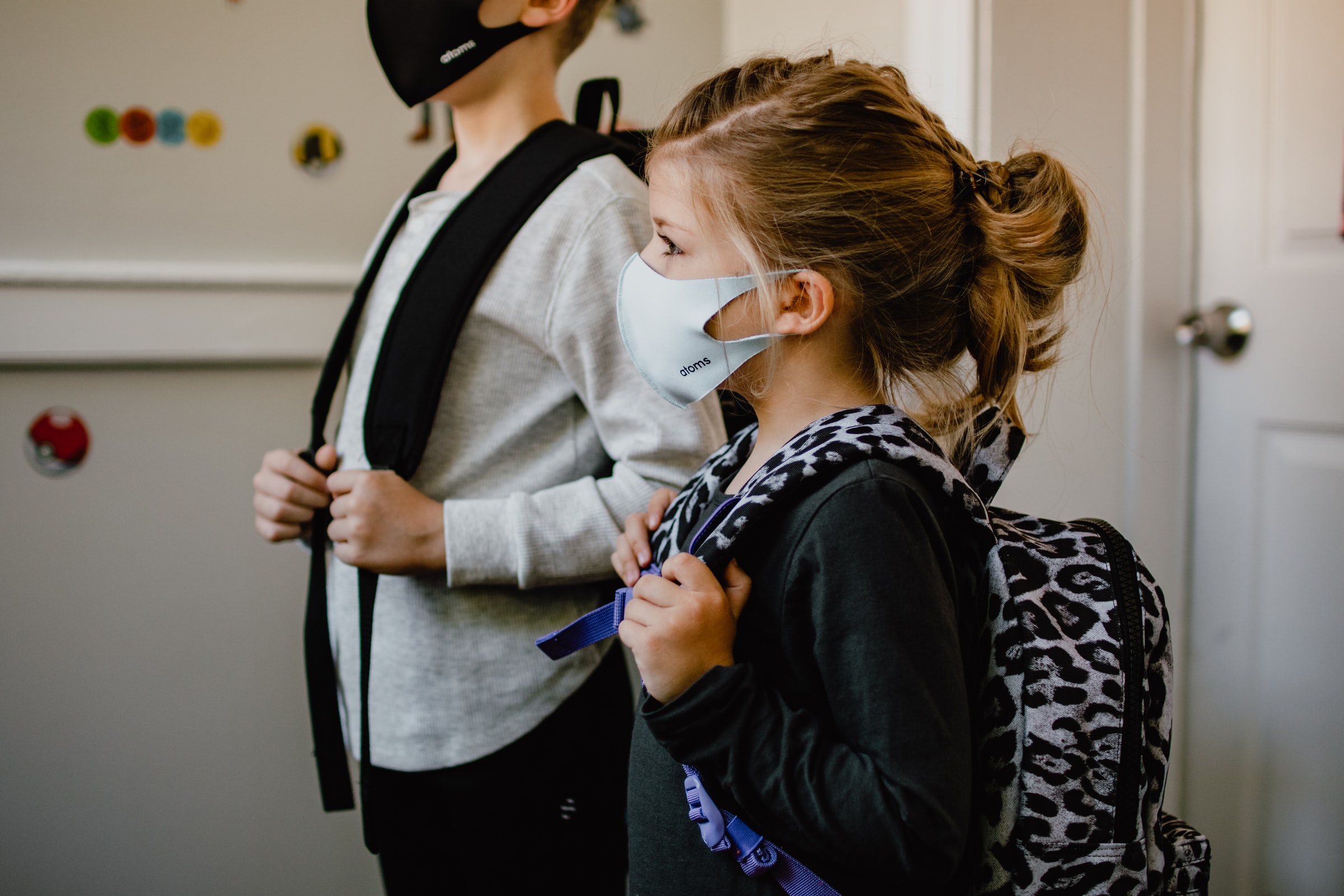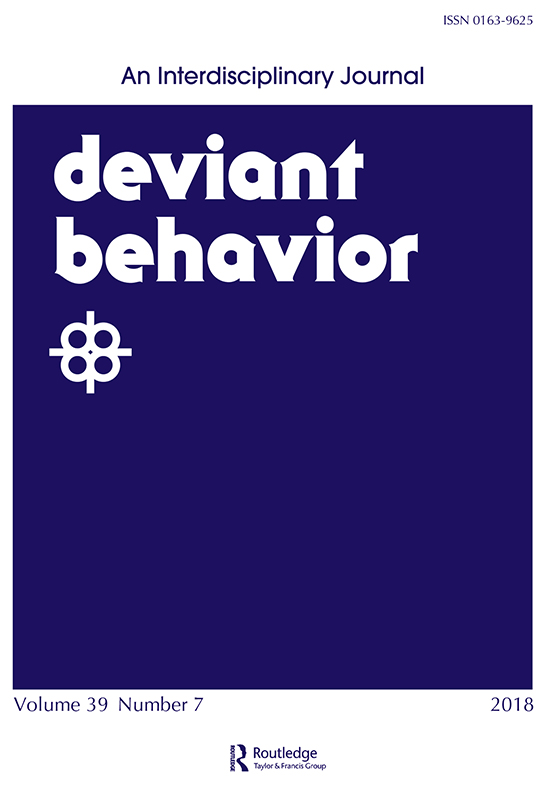
Social Media and Tech Misuse Scenarios
This resources provides scenarios that parents, educators, and other adults can use to discuss issues that may come up when young people are using technology. Hinduja, S. & Patchin, J. W. (2023). Social Media and Tech Misuse Scenarios. Cyberbullying Research Center. Retrieved [insert date], from https://cyberbullying.org/Social-Media-and-Tech-Misuse-Scenarios.pdf Download the Scenarios

Bias-Based Cyberbullying Among Early Adolescents: The Role of Cognitive and Affective Empathy
Bias-based cyberbullying involves repeated hurtful actions online that devalue or harass one’s peers specific to an identity-based characteristic. Cyberbullying in general has received increased scholarly scrutiny over the last decade, but the subtype of bias-based cyberbullying has been much less frequently investigated, with no known previous studies involving youth across the United States. The current […]

Can Empathy Reduce Cyberbullying Based on Race or Religion?
I have been increasingly concerned about rising levels of hate speech, hate crimes, racist bullying, and xenophobia – especially when considering how these behaviors online are linked to violence offline against marginalized groups. It isn’t just alarming, it’s frightening – especially being a minority and considering what my children may have to deal with while […]

The Role of Parents in Preventing Bullying and Cyberbullying
Parents and guardians have always had a powerful influence on the behaviors of children, while research is clear that peers tend to have more sway during the teenage years. That said, our new research published in the Journal of Child and Family Studies identifies that certain positive parenting practices have a strong effect on both […]

Bullying and Cyberbullying Offending Among US Youth: The Influence of Six Parenting Dimensions
Bullying and cyberbullying prevention remain a major priority for schools, communities, and families, and research is clear that positive, constructive parenting practices can play a key preventive role. The current work explores six dimensions of parenting (warmth, structure, autonomy support, rejection, chaos, and coercion), and their specific relationship to school and online bullying. Using survey […]

Bullying, Cyberbullying, and LGBTQ Students
Bullying that specifically targets youth and young adults based on their sexual orientation or gender identity/expression has been a problem for decades. The increased utilization of technology among youth (and, well, just about everyone) has resulted in bullying behaviors moving online. As a result, cyberbullying perpetrated against lesbian, gay, bisexual, transgender, and queer (LGBTQ) youth […]

Bullying During the COVID-19 Pandemic
New research shows that school bullying dropped dramatically during the COVID-19 pandemic while cyberbullying remained stable. One of the questions we have been asked most often over the last 18 months is whether bullying has gotten better or worse since the start of the COVID-19 pandemic. Early on, there was a concern that cyberbullying incidents […]

Inoculate Against Bullying by Chatting with your Children
I pick my son up from school most days, and from his first day of kindergarten I got into the habit of routinely asking him two specific questions: 1) “How was your day?” and 2) “Was there any bullying?” I’d ask the latter question with a conspiratorial raise of my brow—as if asking him if […]

Bullying Victimization, Negative Emotions, and Digital Self-Harm: Testing a Theoretical Model of Indirect Effects
Research on digital self-harm – the anonymous or pseudonymous posting of hurtful or negative information about oneself on the internet and social media platforms – is in the early stages of development. While scholars have started to focus on the correlates of this behavior, there remains a need to anchor the study of digital self-harm […]

Sticks and Stones Sixty Years Later: A Disabled Woman’s Advice for Adults and Teens on Dealing with Bullying and Cyberbullying
Note: October is National Bullying Prevention Month. All this month we are highlighting resources to help youth—and those who care for them—deal with bullying (online and off). One particularly vulnerable population is youth with disabilities. Those who bully often target those who are perceived to be different than them, and living with a disability is […]

